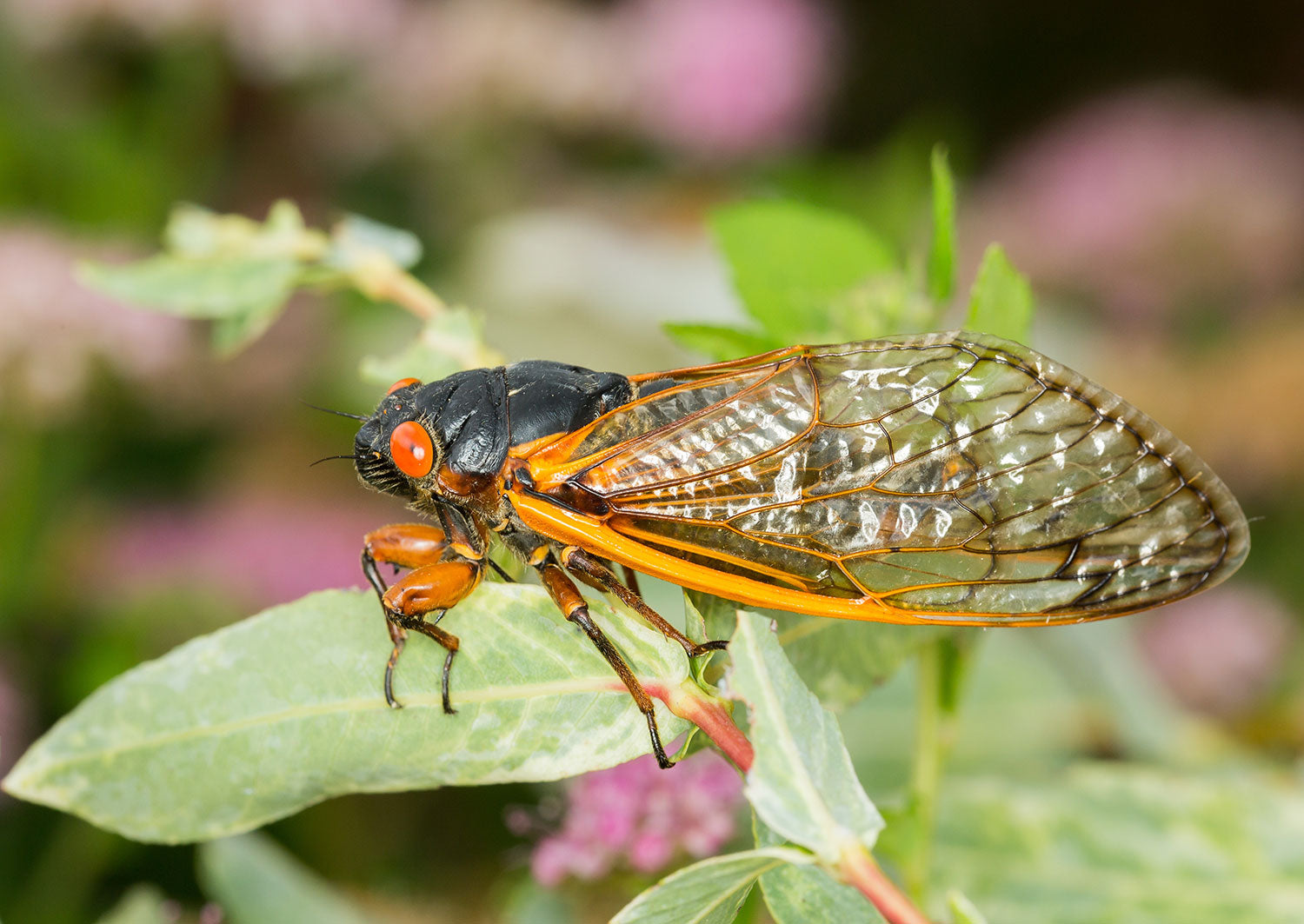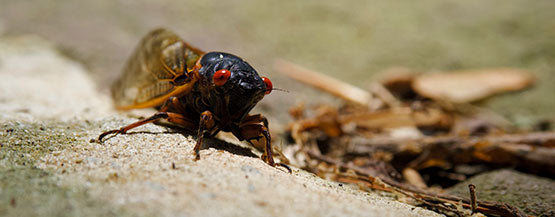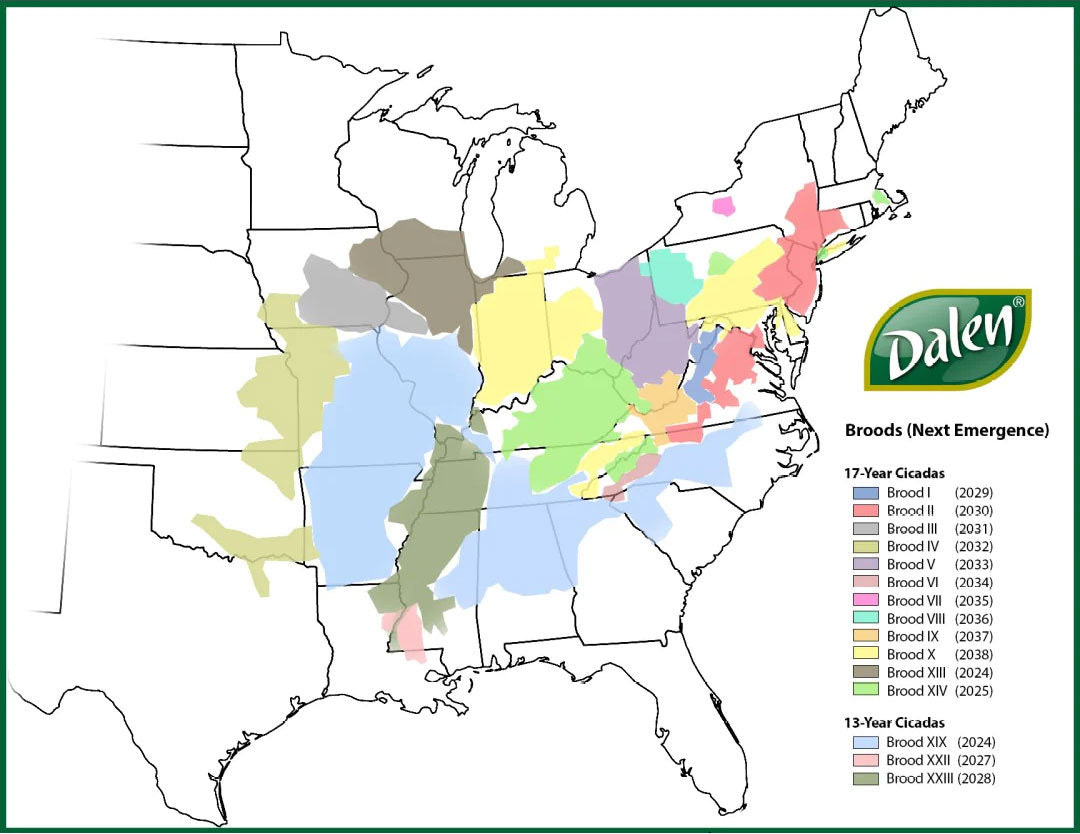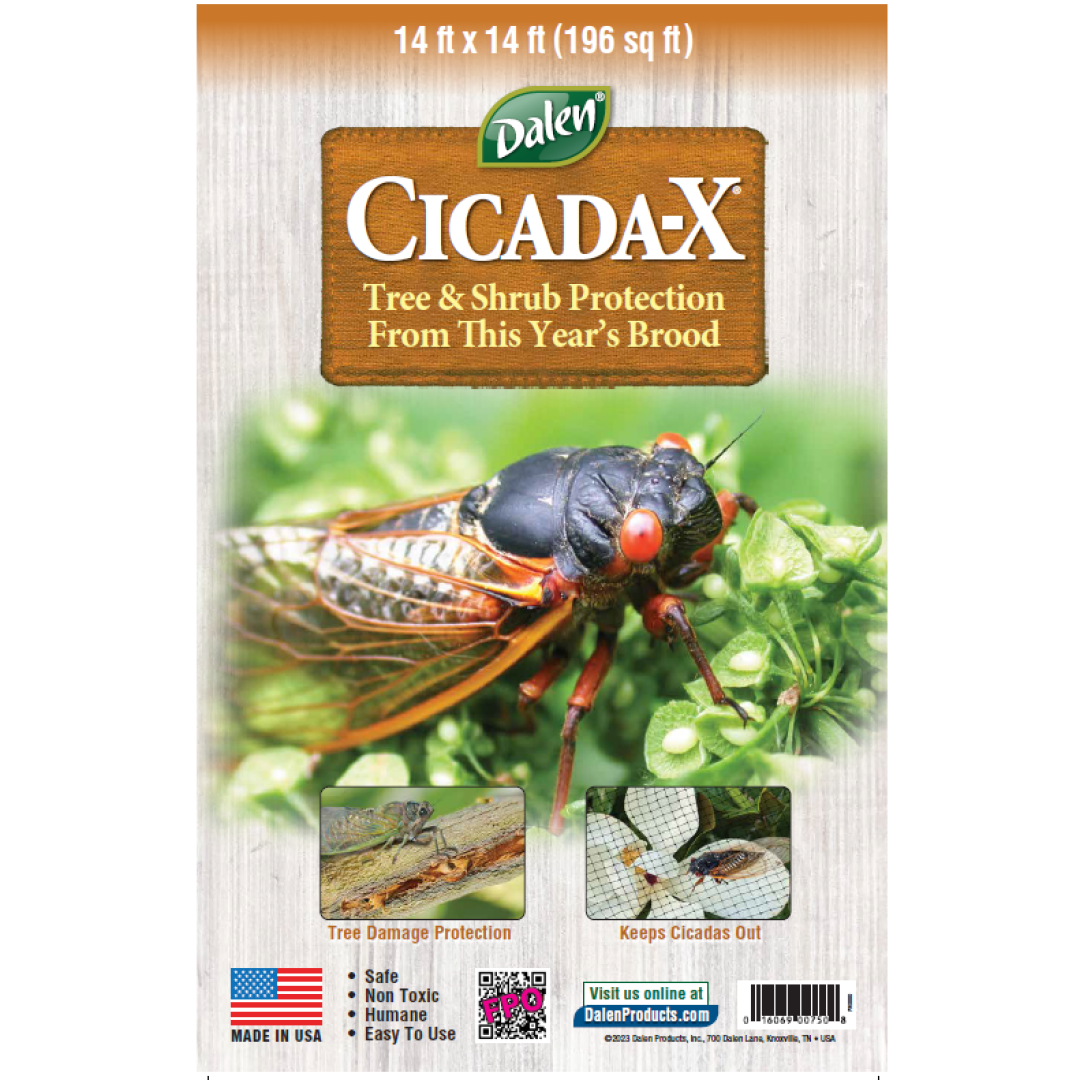
Two Broods, including seven species, emerge all together for the first time in 221 years. Scientists expect a symphony of different-sounding cicada songs in a rare, grandiose mating ritual.
Found on every continent except Antarctica, cicadas are regularly maligned, often associated with Biblical locust plagues, widespread destruction, and simply cases of creepy crawlies. Some find the cicada song a delightful harbinger of summer days, but others find them a nuisance, especially during years of large emergences.
While we can expect to see a brood of cicadas every spring and summer, some years bring larger emergences — like the simultaneous breakout of two distinct periodical broods in 2024. Brood XIII and Brood XIX last had a chance to see each other in 1808, and they won’t have another opportunity to cross paths (and cross-breed) for another 221 years.Don’t be fooled into thinking it’ll be another 17 years before you see another cicada. As a rule of thumb, you can expect different periodical broods to emerge just about every year. So, while you won’t see Brood XIII for another 17 years, Broods XIV, XXII, XXIII, etc., will emerge one year after another. Some of these are 13-year cicadas, and others are 17-year cicadas. Every year is an emergence year for a different cicada brood that has been waiting.



















